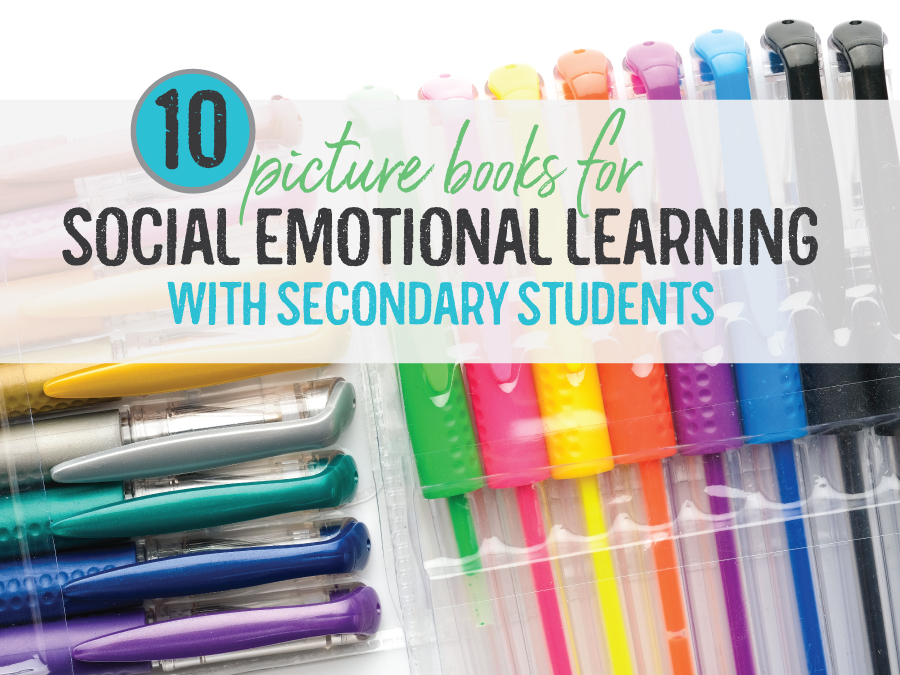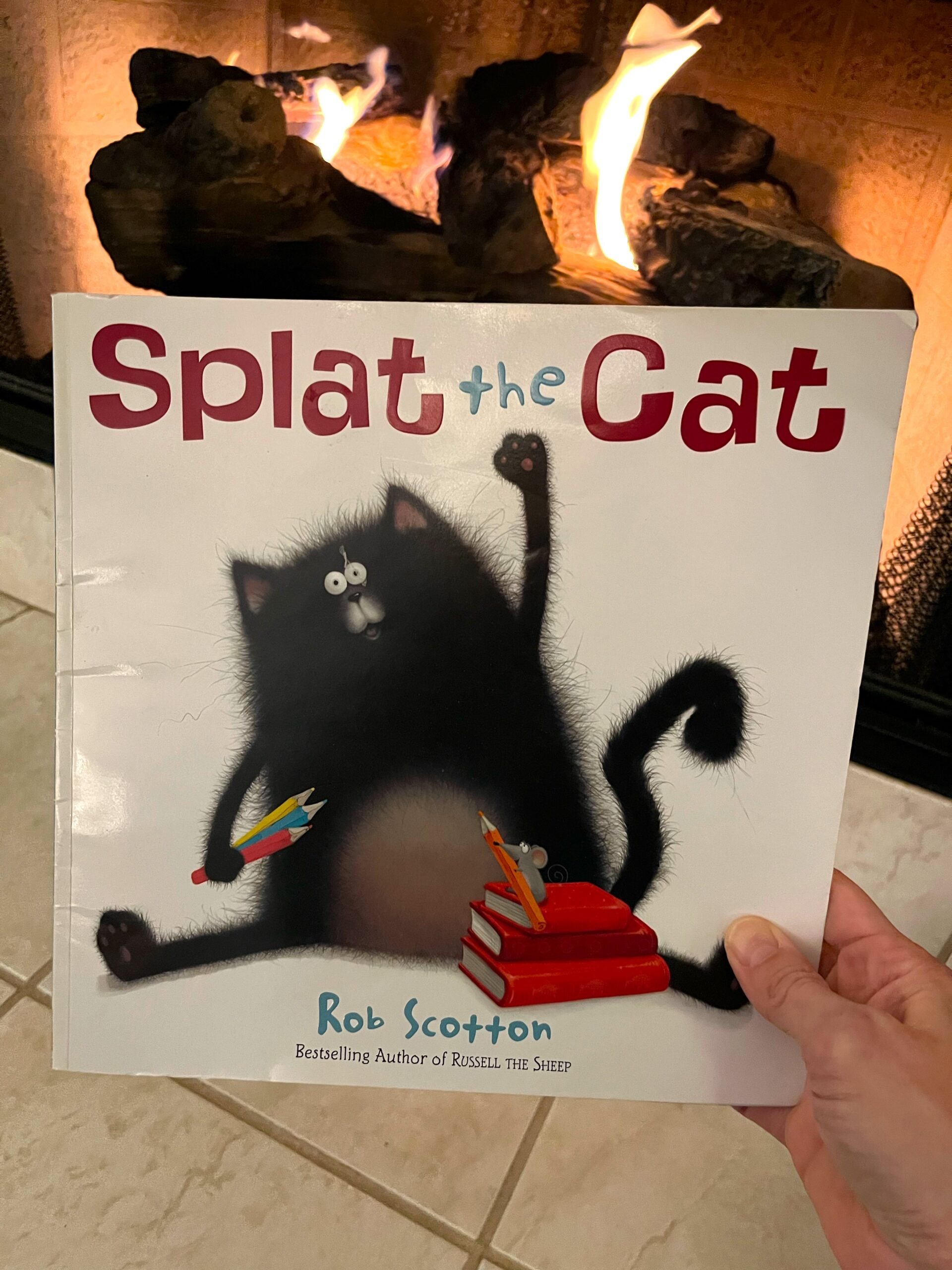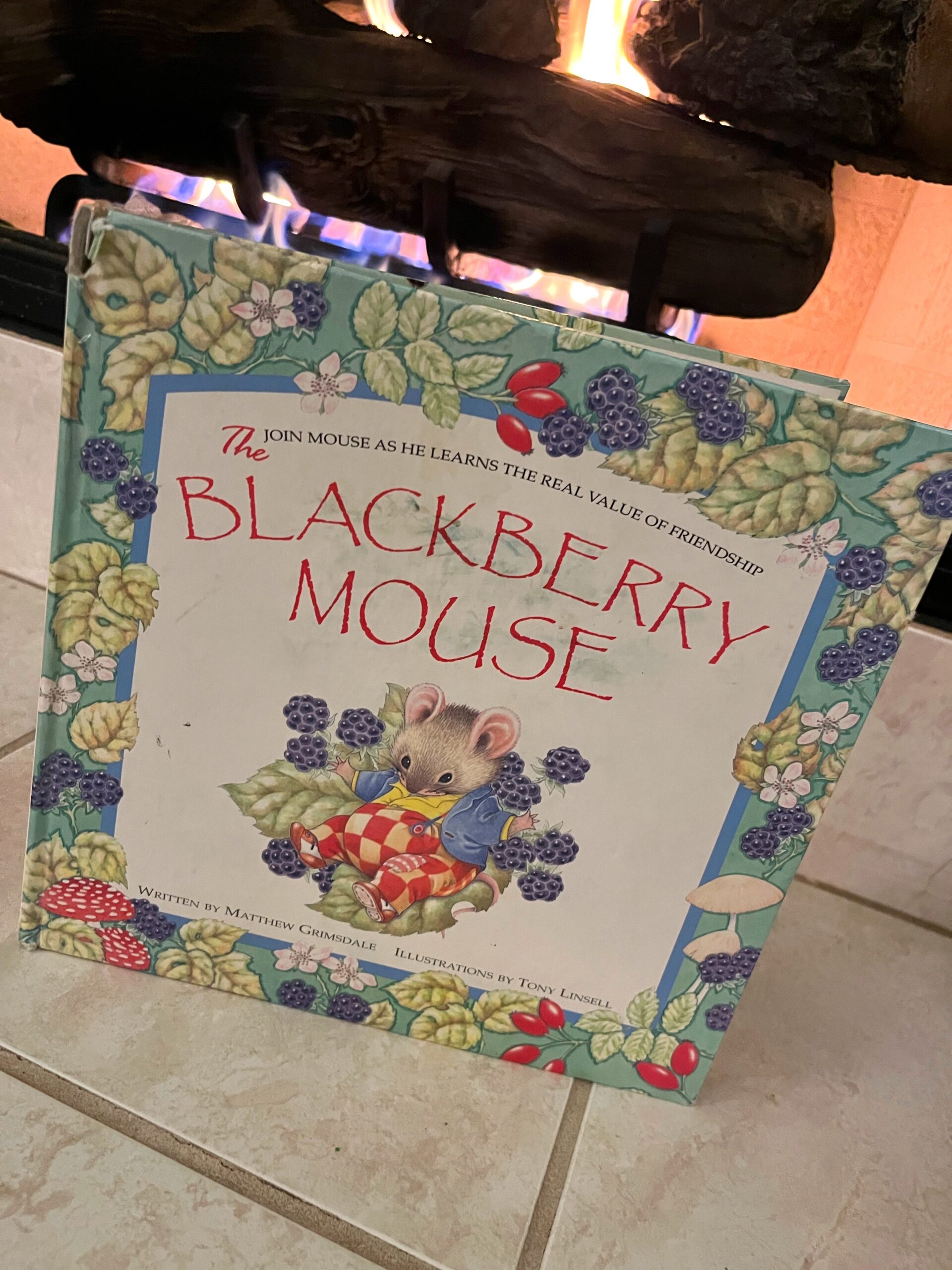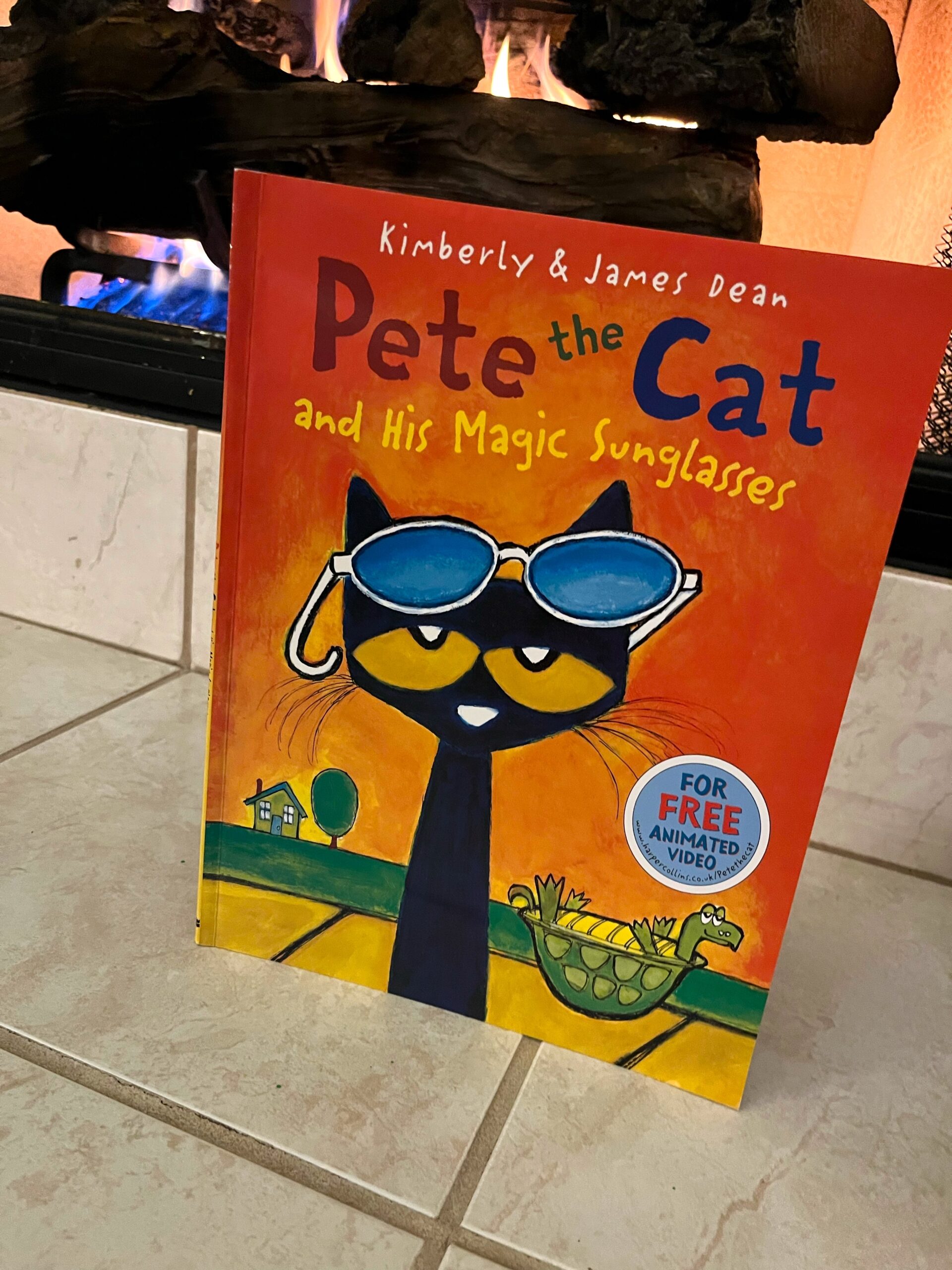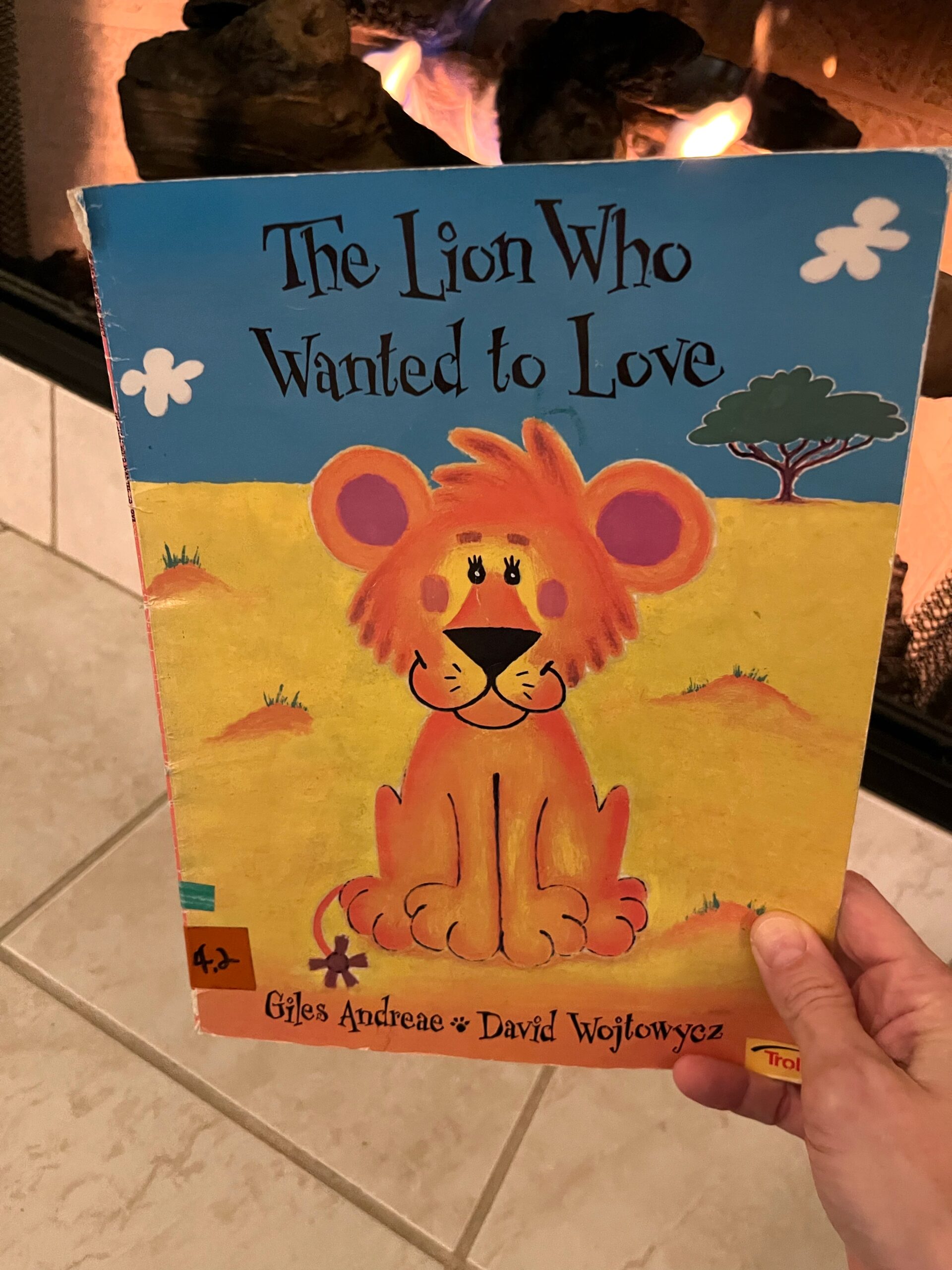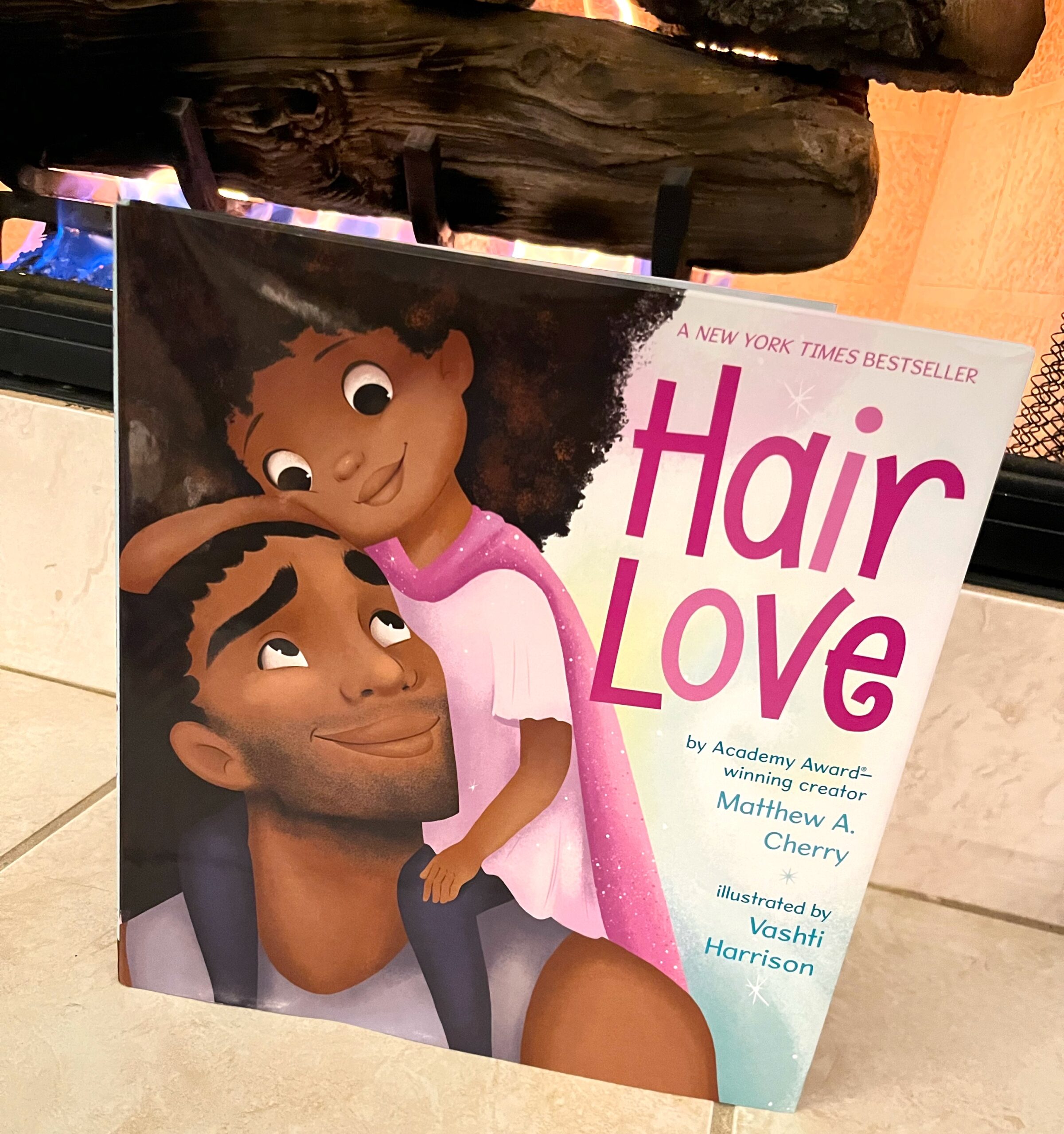Social emotional learning is a critical component of student success. It’s no longer an intervention consideration for our most needy students. Instead, SEL is an integral counterpart to academic success. Pairing social emotional learning priorities with curriculum priorities is a must.
One way we can dive into this partnership is through picture books. Picture books are inspiring, fun, visually engaging, and positive. Using children’s books builds background knowledge and makes our curriculum accessible to diverse groups of students.
In this post, you’ll find a list of 10 remarkable children’s books for social emotional learning topics. Use them to enhance classroom culture, to build relationships with students, or to motivate students to be the best version of themselves.
So, what are these books? And how can we use them? Let’s dig in!
Community
When I work on building a community of writers and readers, I pull out children’s books. A favorite picture book for working toward a strong community of learners is Splat the Cat by Rob Scotton.
Splat (the cat) starts the book worried as he heads to school. He avoids attending, but once he arrives, his teacher assures the entire classroom community that “We’re clever, cunning, and quick.” Splat asks if those descriptions apply to him, and yes! His teacher reassures him that he is amazing.
Like Mrs. Wimpydimple, I too believe that my students are amazing. Together, we can build a community that asks questions about reading and that revises and edits papers together. The book is sweet, yet students acknowledge my sincerity in getting them collaborating.
Gratitude
Want to feel more joyful? More optimistic? Healthy? Less lonely? These are benefits of gratitude, along with many other physical, psychological, and social perks, of course. Generation Z students are living in an instant gratification culture. Want to talk with a friend? Cell phones can make that happen right away…via text, a phone call, or video chat. Food? It can be delivered to your door in a dash. Next day delivery? No problem!
Yet, all of these “serve me” type commodities leave youth finding it hard to be content. What educators may wish they would realize is that more is not always better. That’s why it’s important to build gratitude into our lessons! An excellent yet unexpected picture book for teaching gratitude is The Dot by Peter H. Reynolds. In this book, Vashti thinks she cannot draw. Her teacher leans into Vashti’s hesitation, seeing her potential.
“Just make a mark and see where it takes you,” the teacher challenges Vashti. In frustration, Vashti throws a hasty, furious jab at the paper, leaving just a single dot. Instead of rejecting Vashti’s “effort,” her teacher makes her sign the paper. After thinking for a moment, Vashti whispers, Well, maybe I can’t draw, but I CAN sign my name.
In that single moment, Vashti’s teacher sets in motion a series of events that inspires her to try. To be thankful for what she can already do. To embrace where she is and be content with the notion that she can improve. But, just because we can be better at something doesn’t mean we cannot be thankful for where we currently are in our journey.
In the end, Vashti’s experience with being grateful for her growth story impacts another child whose single squiggle is just the beginning of his own artistic adventure. It’s always easier to focus on what we CANNOT do, but gratefulness lives in the space where we start with what we CAN do.
Friendship
The Blackberry Mouse by Matthew Grimsdale is a fun approach to the often-told tale of a friend who won’t share with his friends, but the friends still help when the non-sharer faces trouble.
Friends learn to share and celebrate together as Mouse faces the thief Mr. Fox. Friends save Mouse even though Mouse would not share his blackberries. Why?
Well, that is the discussion that you can have with your students. Do friends make mistakes, like Mouse hoarding his blackberries? Do friends forgive each other, like the other forest animals forgave Mouse? Do friends admit they are wrong and show friends how they have changed, like when Mouse made blackberry desserts for his friends?
Friendship and human connection is an important part of SEL practices. Still, no human is perfect, but acknowledging wrongdoing and correcting an error is behavior that we can discuss with students.
Also, note: Do you see how “loved” this book is? Students gravitate to this story!
Connection
In a world where we are more connected than any other time in history, we have somehow also managed to become more disconnected in our relationships than ever. Social media, technology, and the Internet have put tools like messenger, FaceTime, and texting at our finger tips. Yet, there’s void in digital connection that cannot bridge relational experiences like in-person conversations and quality time.
In the touching picture book Trouper, which is based on a true story, students will identify with the power of connection and relationships. Trouper is a dog who ran with a mob of mutts, cold and hungry on the streets. Lonely, they howled and cried and wished for a home. One day, Trouper and his crew are captured from the streets and put in a shelter for adoption.
Trouper waited…and waited. Last to be adopted, Trouper finally found companionship with a young boy who loves him, three legs and all. This children’s book is ideal for discussing the value of inclusion and connectedness.
Perspective
When I introduce literary criticism, I often use the concept of “lenses” to make the material approachable for students. I have used Pete the Cat and his Magic Sunglasses as an introductory activity.
Pete (the cat) starts the day in a grumpy mood. Pete puts on magic sunglasses so that he can see the world in a new way. He even shares his glasses with friends until owl sees him and says, “Pete, you don’t need magic sunglasses to see things in a new way. Just remember to look for the good in every day.”
As I used this book for introducing content, I saw an immediate connection to SEL awareness in the classroom. We teachers cannot minimize sincere mental health issues, but sometimes, a fresh perspective will improve students’ moods and attitudes.
Practice with ideas in your classroom. Does a student have an area of content with which they struggle? Look at the opportunity to try a new approach to learning. Does the student typically study with videos and notes? Try a graphic organizer or outline. Sometimes a fresh spin, a fresh perspective, will provide a learning opportunity.
Growth Mindset
Growth mindset is not a new term, but people still struggle with embracing the idea of “yet.” It can be frustrating to struggle. We like things to come easy for us! But, that’s not when the best learning happens.
I love using the children’s book The Legend of Rock, Paper, Scissors to put a humorous and memorable spin on growth mindset. In this book, the characters all take a comedic approach to finding their yet.
In this book, each of the main characters is introduced battling other familiar objects. For example, rock travels to the mysterious Forest of Over by the Tire Swing to battle a giant’s underwear only to have a run-in with the clothes-pin (“clip-man”) who is holding the underwear on the line. Likewise, paper sets out across Desk Mountain and comes face to face with a giant box monster (a printer). Meanwhile, scissors competes against sticky circle man (tape).
Each battle leaves our main characters feeling victorious but very unfulfilled. However, they all show perseverance. None give up! They embrace the power of “yet.” At the end of the book, they each finally meet their match and lose to one another in the ultimate battle of rock, paper, scissors.
Students will laugh as you discuss the upside down relationship to growth mindset, and this discussion will provide a memorable springboard you can refer back to all year long.
Differences
In The Lion Who Wanted to Love, Leo is a bit different, as he was “a small lion who didn’t fit in.” He leaves his pack due to differences of opinions as others reject him for his morals. His morals, that he will not hunt prey, indeed set him apart from everyone else.
Our students come from a variety of backgrounds and belief systems—which only enriches our communities. As younger humans, they might feel out of place. They might feel that they should abandon their differences that make them unique. Leo feels the strain of not belonging but instead of following the pack, he stays true to his beliefs.
Leo the Lion wishes to help animals, not to hunt them. He proceeds on his own and finds success finding his own path. Leo follows his morals and at the end, the other animals apologize and realize that “You’ve got to be strong to be different.”
Emotional Regulation
Have you heard of the upstairs and downstairs brain? Our downstairs brain refers to the primitive part of our brain that helps with survival. It’s associated with fight or flight. The upstairs brain is what develops as we age and helps us to make rational decisions. When we are experiencing very strong emotions (anger, stress, overwhelm, frustration), the downstairs brain takes over, and we are often incapable of rational thinking. We get trapped in our downstairs brains. This, of course, leads to inaction or poor decision making.
Regulation refers to our ability to identify the emotions that we feel in order to get ourselves out of our “downstairs brain” and back into our “upstairs” rational brain. Regulation involves using specific strategies like meditation, deep breathing, exercise, and calming sensory experiences in order to re-regulate ourselves.
Students who manage their own emotions well and who respond appropriately to the emotions of others will be more successful in their interactions with their peers. The conversation about emotions and regulation is truly fascinating. Open up or continue this discussion with students to reinforce SEL lessons! Use the book Sweep to begin.
Sweep has beautiful illustrations and is all about a protagonist who has difficulty controlling moods. A bad mood can sweep us away until something causes our perspective to change, resulting in an upward spiral. When we finally climb out of that bad mood, we can see the beauty that’s surrounded us the whole time.
Encouragement
In Hair Love by Matthew A. Cherry, Zuri’s dad helps her to fix her hair and takes her on several adventures as she decides the right hairstyle for the day. She has beautiful hair that her father encourages her to love.
According to the listing, this book is “Tender and empowering, Hair Love is an ode to loving your natural hair — and a celebration of daddies and daughters everywhere.”
And? All of my students need encouragement to reflect on their natural beauty. Too often, our world tells our students that they must wear certain clothes, makeup, or shoes, or carry the correct cup of coffee or book bag. Cherry’s protagonist goes on an adventure with her dad where she discover that her natural appearance makes her a superhero. Cherry encourages readers to appreciate the beauty of each individual.
Overwhelm
In a world where we are constantly immersed in advertisements, Emily Gravett captures this feeling with the end pages of Too Much Stuff!, a catchy picture book that both begins and ends with ads. Nestled in between these pages lies a story of two birds that are building a family. But as they do, they lose sight of what truly matters as they fall prey to materialism.
As the story unfolds, the characters begin by considering what they will NEED to be parents. At first, they bring back little things. Of course, that wasn’t enough. So, they get bigger stuff. And, that was also not enough. Catching the “I want it all” bug, the two birds bring back so many “necessities” that they bury their eggs, and the branch finally cracks.
This picture book is perfect for conversations about organization and overwhelm. Our world tells us we need so many things, but as the birds in this story realize, all they really need is their healthy baby chicks. The allure of “things” almost made them lose sight of what mattered most, and by bringing so many things into their nest, they began to deal with the stress of disorganization and chaos.
As the birds say themselves as they look at the disaster on the ground, “It didn’t seem enough, but look at all this USELESS STUFF!”
Our jobs as ELA teachers often seem endless. As two experienced educators, we both have found that layering pieces not only teaches our content, but it also enhances classroom community.
When choosing children’s books for social emotional learning, you have plenty of options. Attaching a picture book to a unit might take a few minutes of presentation, but the connection to a larger unit is probably endless. Picture books contain literary devices, important plot points, and beautiful graphics—all ideas that English teachers can connect to content.
Of course, we then can open up the SEL discussions and connect those ideas to our standard ELA content. Students enjoy the children’s books, teachers enhance discussions about our content, and together, students and teachers work on SEL.
We hope these children’s books for social emotional learning provided you with teaching ideas, and that you feel confident in using a variety of picture books with your older students.
READ MORE
Are you hungry for more children’s book ideas? We’ve written many posts about using picture books to teach a variety of ELA topics and standards. Choose your own adventure from the list below.
- Analyzing Children’s Books for Language, Reading Strategies, and Aesthetics
- Use Children’s Books To Teach Grammar
- Using Picture Books to Teach Grammar and Figurative Language
- 20 Picture Books for High School English
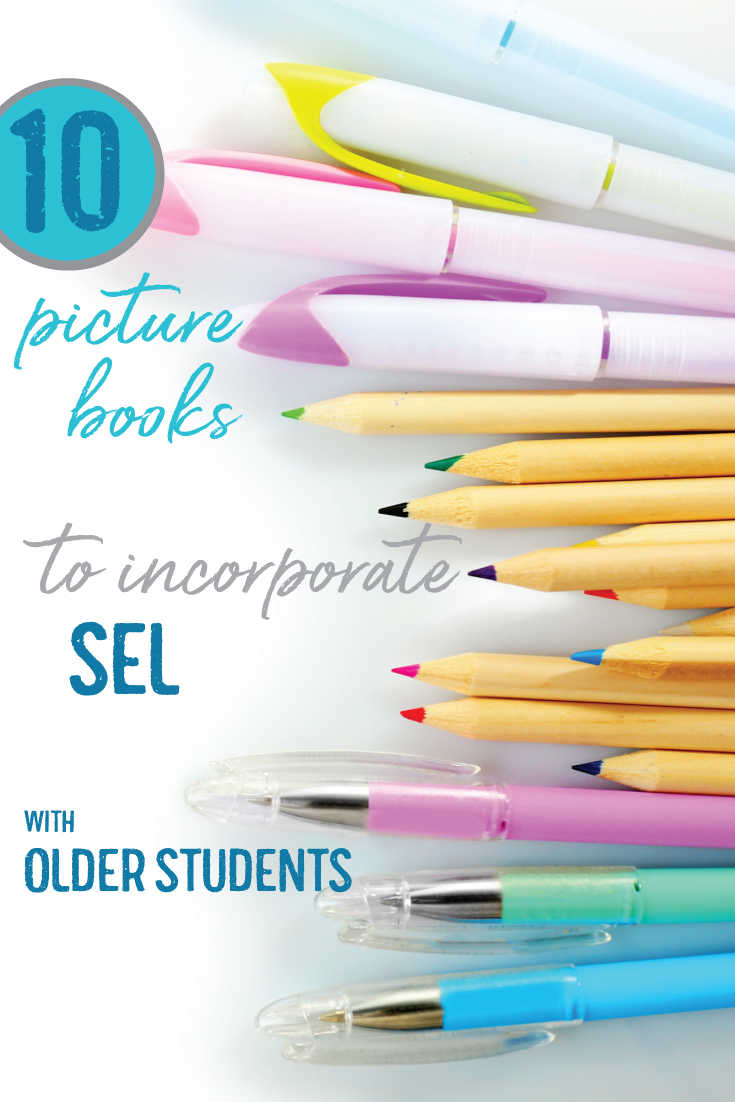
Disclosure: We are Amazon affiliates. If you click on a link, we may earn a payment at no extra cost to you.
